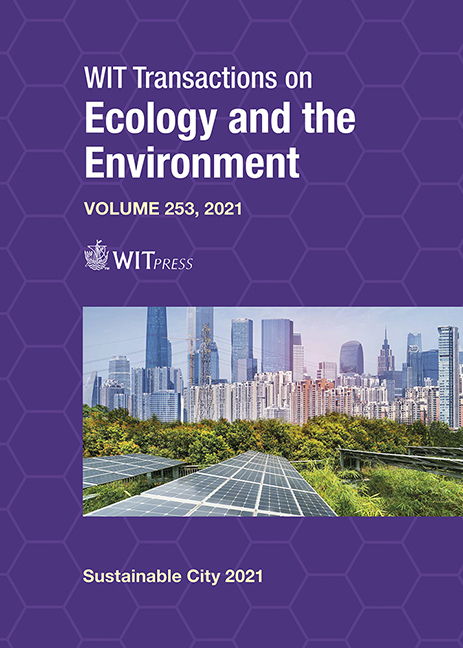IMPACT OF LIGHTING ON CHILDREN’S LEARNING ENVIRONMENT: A LITERATURE REVIEW
Price
Free (open access)
Transaction
Volume
253
Pages
10
Page Range
371 - 380
Published
2021
Size
972 kb
Paper DOI
10.2495/SC210311
Copyright
Author(s)
MICHAEL LEKAN-KEHINDE, ABIMBOLA ASOJO
Abstract
Research studies show that the physical learning environment influences the performance and wellbeing of children, supporting their development into adulthood. Lighting is a critical aspect of this physical environment. We highlight the relationship between human functionality and lighting, showing what key roles lighting plays in an optimum key environment, providing specific references to the importance of lighting for visual capabilities, body temperature, and healthy living through vitamin D production. We elucidate how lighting is a major driver for children’s performance and functioning, by enabling their visual, cognitive and behavioral skills through concentration, alertness, and maintenance of children’s moods. Research has also identified methodologies used to establish this relationship, which include qualitative, quantitative, mixed-method, and quasi mixed-method; and parameters such as using the progression of test scores in standardized tests, concentration over time, user behavior, and mood as the test parameters. Study results of academic performance through reading performance (accuracy, speed, and expression) under conditions similar to everyday life show that exposure to higher correlated color temperature (CCT) light leads to greater improvement in children’s task-switching performance, though no impact was seen on their sustained attention. This was also established by Mott et al. as the Oral Reading Frequency (ORF) scores of students, with the lighting of 6500K and 1000lx showed increased student ORF scores compared to students receiving 3000K and 500lx. Results exploring user behavior and mood test parameters indicate that blue-enriched light increases student concentration and cognitive performance (processing, speed, concentration, and memory). Here we highlight research/ studies about the importance of lighting for comfort, through varying lighting scenarios; and how student behavior, learning capabilities, and cognitive skills can be improved through lighting choices.
Keywords
Lighting, Children, Learning, Environment, Wellbeing, performance testing





